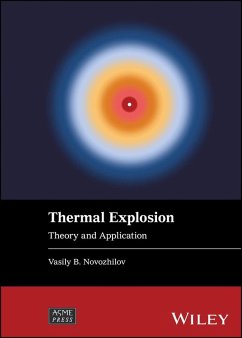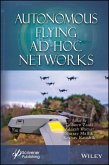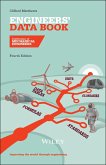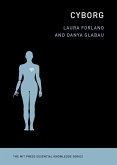Thermal Explosion
A full review of thermal explosion theory featuring a new universal notation as a framework to develop and report research results
Summarizing all significant and notable developments made in the field over nearly 100 years, Thermal Explosion provides a single, authoritative source of information on the subject that connects the theory with examples from practical applications. After opening with an introduction to prerequisite technical information, the book goes on to cover the mathematical theory behind thermal explosion, with detailed explanations of how thermal explosion can develop in different media and under different conditions and strategies and techniques that can be used to prevent thermal explosion.
Readers will learn how to recognize thermal explosion hazards within technical designs and operation procedures, including for lithium ion batteries, biofuels, biomaterials, and microcombustors, predict the circumstances that may cause a thermal explosion in a particular design or process, and develop optimal mitigating strategies for these risks. Each chapter is supported by extensive example problems that introduce readers to a universal notation that can be used as a framework for developing and reporting their own research results.
Topics covered in Thermal Explosion include:
Thermal Explosion is an essential, up-to-date reference on the subject for engineering researchers and professionals, along with mathematicians and other scientists working in related fields. The book is also an excellent learning aid within an academic setting for graduate-level researchers or as supplemental reading in upper-level courses.
A full review of thermal explosion theory featuring a new universal notation as a framework to develop and report research results
Summarizing all significant and notable developments made in the field over nearly 100 years, Thermal Explosion provides a single, authoritative source of information on the subject that connects the theory with examples from practical applications. After opening with an introduction to prerequisite technical information, the book goes on to cover the mathematical theory behind thermal explosion, with detailed explanations of how thermal explosion can develop in different media and under different conditions and strategies and techniques that can be used to prevent thermal explosion.
Readers will learn how to recognize thermal explosion hazards within technical designs and operation procedures, including for lithium ion batteries, biofuels, biomaterials, and microcombustors, predict the circumstances that may cause a thermal explosion in a particular design or process, and develop optimal mitigating strategies for these risks. Each chapter is supported by extensive example problems that introduce readers to a universal notation that can be used as a framework for developing and reporting their own research results.
Topics covered in Thermal Explosion include:
- Steady-state theory: the Semenov formulation and planar, cylindrical, and spherical symmetry cases in the Frank-Kamenetskii formulation
- Generalized boundary conditions, dynamical regimes, thermal explosion in a region of arbitrary shape, and nonsteady thermal explosion theory
- Thermal explosion in two-phase porous systems and spotted, diffusion, and conjugate thermal explosion
- One- and two-variable thermal explosion models of fire flashover
- Thermal explosion prevention through management of cooling flows and other passive methods, inertization, and cooling one- and two-phase media injections
Thermal Explosion is an essential, up-to-date reference on the subject for engineering researchers and professionals, along with mathematicians and other scientists working in related fields. The book is also an excellent learning aid within an academic setting for graduate-level researchers or as supplemental reading in upper-level courses.
Dieser Download kann aus rechtlichen Gründen nur mit Rechnungsadresse in D ausgeliefert werden.









